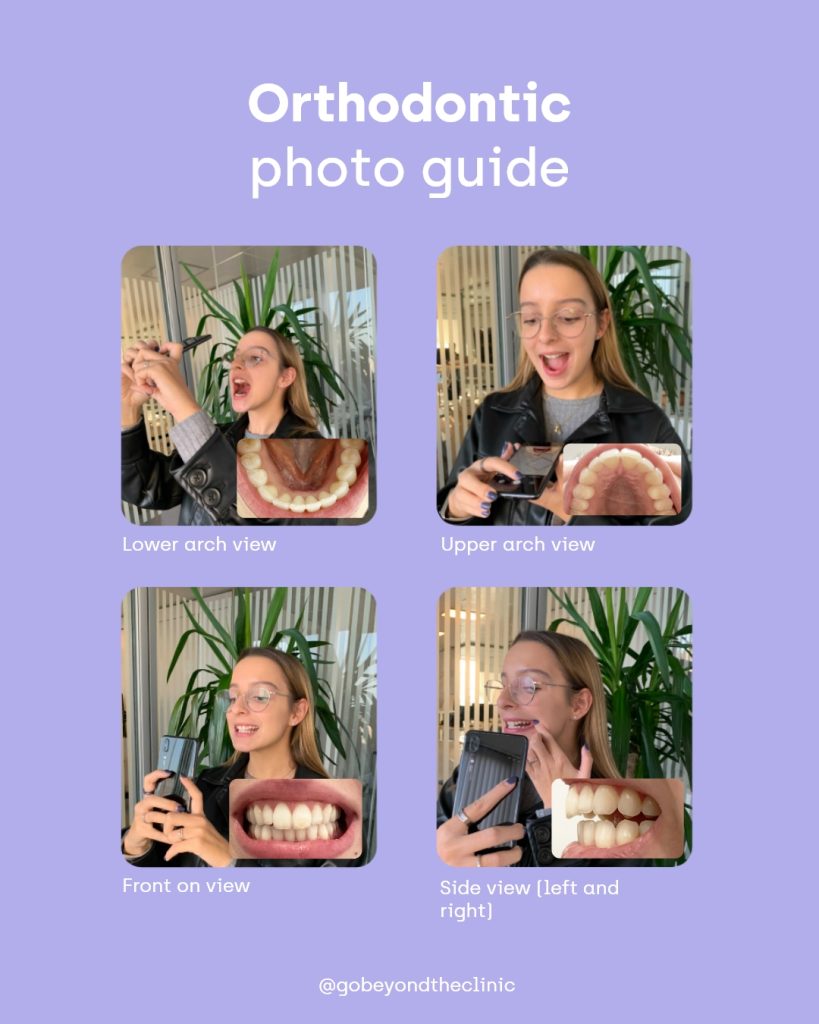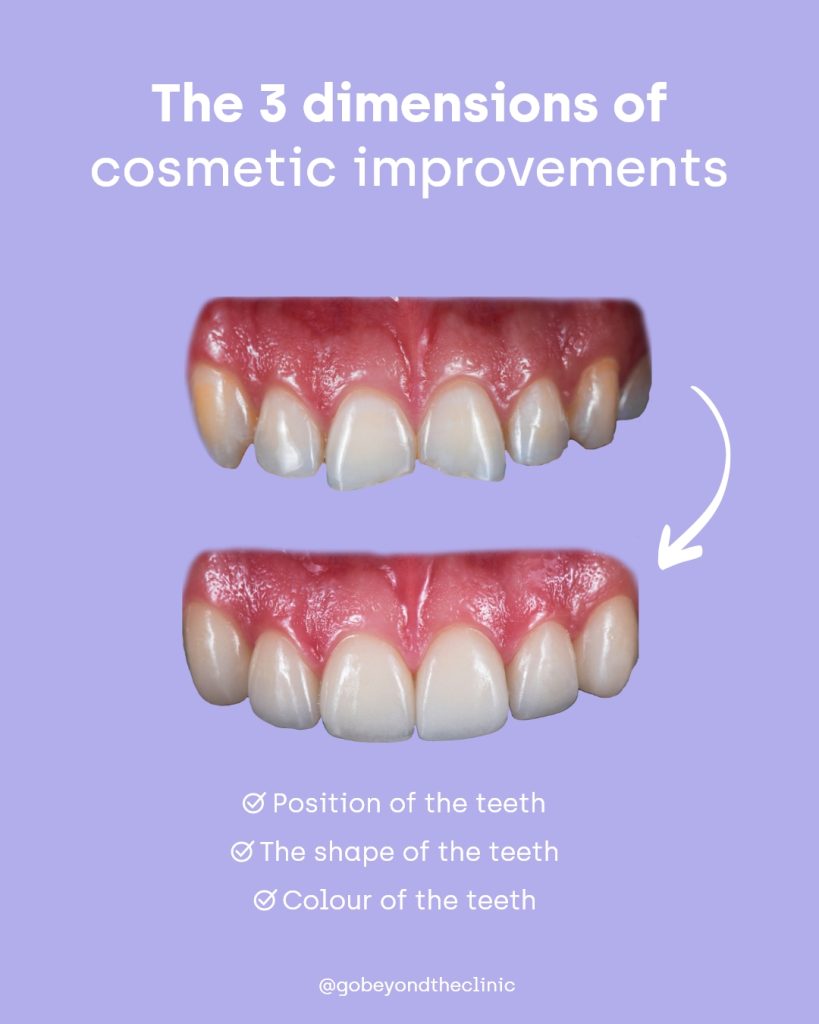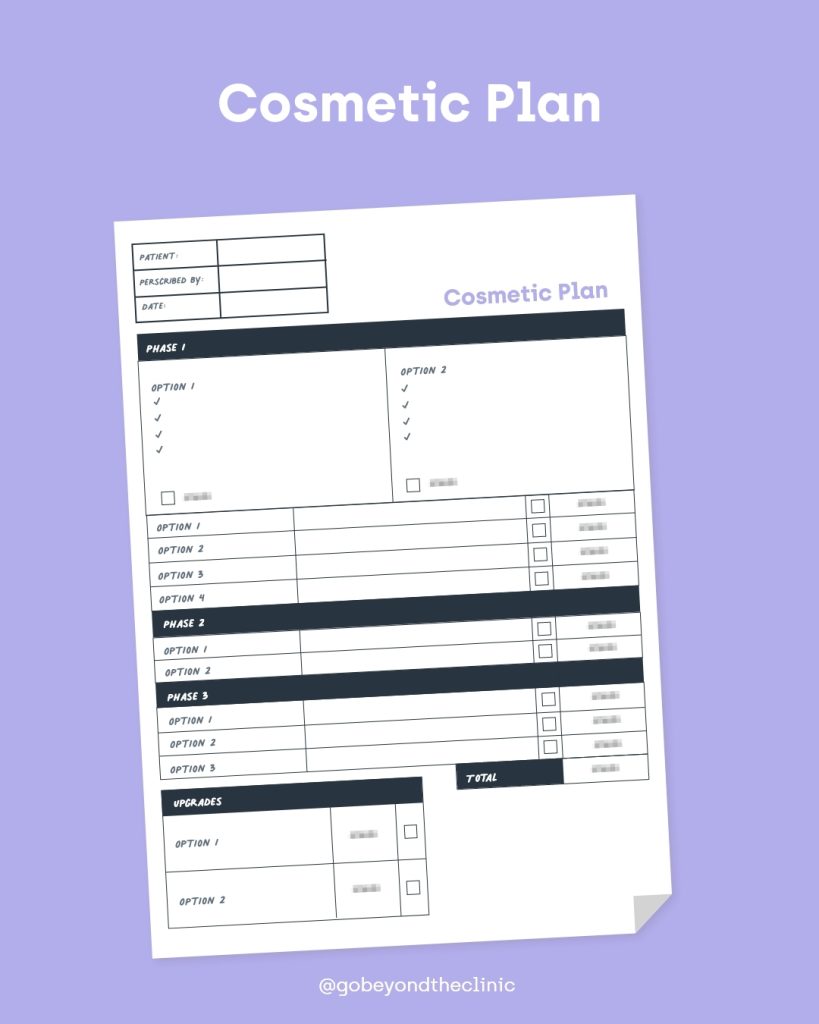Take your dental practice to the next level – Clear aligners questions answered

Key points:
- Dentists providing aligner treatment must have the patient’s goals in mind, while making sure the results are possible to achieve.
- Always remind your patients of the importance of wearing clear aligners for 22 hours a day for 2 weeks per set. This is extremely important for teeth to shift to their future position.
- 3D scans are the obvious choice when it comes to planning aligner cases in your practice. This gives you accurate dental impressions and fast track your way to the treatment planning stage.
- In order to achieve optimal results, you might want to consider including IPR as part of the treatment.
- Build confidence in your patients by educating them and explaining that teeth straightening can form an important part of overall dental health. Explain that preventive straightening can help reduce tooth wear and prevent worsening. They should understand that optimal gum health and reduced tooth wear are benefits of straighter teeth.
- To ensure patient satisfaction and treatment success, a well presented, engaging clear aligners treatment plan is as essential as the continued monitoring of treatment itself.
Whether you’re an established provider or just introducing clear aligners at your dental practice, certain challenges always present themselves. With that in mind, we have collected common questions dentists ask about clear aligners to help you on your journey to success.
How should your patients wear clear aligners?
First, you will need to clarify what clear aligners are.
Clear aligners are orthodontic appliances that move teeth by applying constant and prescribed forces to them. Each aligner is designed to be worn for 22 hours a day for 2 weeks. This gives it enough time for each stage of movement to occur.
The aligner wear routine they must follow
It is important to ensure the full and complete wear of each aligner before switching to the next one. This is due to each aligner being made according to the “future” tooth position. This means the next aligner may often appear to “fit”, but should not be worn until the movement has been fully completed by the previous aligner. This is why digital or physical monitoring must never be overlooked. Dental monitoring helps ensure the patient is on track with treatment and their teeth are moving properly.
When the aligners are first inserted, it is normal to feel them click into position and feel tight. After all, the aligner is applying pressure to the teeth. Depending on the stage of treatment, the perceived pressure may vary. Once teeth are engaged and the bone around them has softened after several months of treatment, the aligners may not feel as tight as they once did, but they are still activated and working.
The patient should wear the aligners at all times except when:
- Eating;
- Drinking (anything but water).
They must also brush their teeth before putting the aligners in again. The appliances should be kept clean with suitable cleaning tablets designed for aligners, retainers or dentures.
What type of impressions should you provide your patients with?
In order to create a precise aligner treatment plan, accurate impressions of the patient’s mouth are required. And this boils down to the detail and quality of the dental impressions. There are two main types of dental impressions, but which should you offer?
2.1 3D scan digital impressions
Simply put, 3D scan digital impressions are a product of the technological advancement of regular dental impressions. This process uses innovative scanning devices to fully capture an accurate dental impression of your patient. This impression is immediately digitised, making everything easier and faster.
Pros of 3D impressions:
✔️ When done properly and by an experienced professional, 3D scans ensure 100% accuracy, meaning you won’t need to take second impressions of your patient.
✔️ The entire process takes less than 20 minutes (visit and the actual 3D scan).
✔️ 3D scans are automatically digitised, allowing you to get straight to work creating a treatment plan, accelerating the process.
Cons of 3D impressions:
❌ They require an in-clinic appointment, potentially delaying the process if you or your patient are busy.
❌ Specialised 3D scanning equipment is expensive, requiring a large upfront investment.
2.2 Silicone conventional impressions
Silicone conventional impressions, on the other hand, are made using a silicone material. This makes it more stable for shipping. Typically, these teeth impressions are done in 2 stages:
- First, a thicker and firmer putty is used in a tray with a wafer like spacer. This allows the putty to form a horseshoe shape around the teeth and leave an even space from the wafer.
- Then, a light or medium bodied flowable silicone material is used as a “wash” impression to fill in the tray and then press over the teeth.
This allows very fine details to be captured in the impression, as well as replicated in the model. The process takes 5 to 6 minutes and can be a bit uncomfortable for patients.
Pros of conventional impressions:
✔️ The materials and equipment used are cost effective.
✔️ Silicone impressions have been used for decades and are reliable when performed properly.
Cons of conventional impressions:
❌ It’s not uncommon for dentists to have to retake impressions due to distortions while capturing the dental arches. These distortions commonly include not capturing the full gum margin around the teeth or not the full second molars at the back.
❌ Patients often find silicone impressions uncomfortable, especially if they have a sensitive gag reflex.
❌ Despite being a small expense, impression materials translate into extra recurring costs to your practice. Over time, the expense can exceed that of 3D scanning equipment.
What types of aligners can you offer in your practice?
There are two main routes you can go down when prescribing treatment with aligners: just the clear aligners, or aligners in combination with attachments, mini-implants or elastics.
Clear aligners (no attachments)
Aligners alone can move teeth without any attachments, making them suitable for most cases of cosmetic teeth straightening, especially if space creation techniques such as IPR are used.
Aligners can treat cases of:
- Crowded teeth
- Spaced teeth
- Overlapped teeth
- Protruding teeth
They work by tipping teeth in the necessary direction, moving them forwards, backwards, rotating them or even intruding them (moving them into the bone) slightly. They cannot, however, extrude the patient’s teeth (move them out of the bone) without attachments. This makes them ideal as part of orthodontic-restorative cases where crowded teeth need to be aligned to prevent further tooth wear and damage before undergoing composite bonding.
Advanced Aligners with attachments, mini-implants or elastics
When using additional biomechanical forces through attachments, mini-implants or elastics, larger rotations can be performed, as well as extrusions and torquing (inclination along the tooth axis). In extraction cases, larger bodily movements can be completed to close the gap. Of course, each movement needs to be carefully planned and any attachments, mini-implants or elastics must be carefully monitored to ensure that the right forces are continually applied, keeping the more complex movements on track.
For general dentists, aligners alone (without attachments, mini-implants or elastics) are a great tool to help improve patients’ oral health. Aside from boosting smile confidence, well-aligned teeth also allow for easier and thorough cleaning.
How to assess a good candidate for clear aligners
Before starting treatment, a suitability assessment is absolutely essential. The Virtuoso platform makes this step easy with a digital, in-app, suitability assessment. All it requires are a few photos from a few different angles:

From there if needed you can easily get an opinion from the clinical support team if you are unsure about suitability. The patient’s goals and the scope of the treatment are of key importance.
For instance, treatment usually involves both the top and bottom dental arches in order to guarantee a balanced bite. However, a patient with an anterior open bite which has a skeletal basis may only want to straighten their front teeth. In this case, it would be entirely possible to align the teeth without changing the open bite (which would potentially relapse in any case). If dentists clearly communicate the treatment plan and are present during the consent process, this establishes a firm foundation from which to deliver a positive treatment experience.
Do you need to perform IPR to achieve better results?
With spaced teeth…you do not need to perform IPR as there is enough space for them to be treated with aligners.
With crowded teeth…you may need to create space. Clear aligners can expand up to 5mm, therefore creating the necessary space for teeth to be aligned. This makes it possible to align crowded teeth without any interproximal reduction. This, however, involves teeth being proclined and the arch moved outwards.
Depending on the patient’s goals, treatment may or may not include IPR. During IPR, roughly 0.1 to 0.2mm of space is created per tooth on the front 4-10 teeth. The process is painless and involves polishing and removing a tiny layer of enamel to reduce tooth size and enable the teeth to move together faster.
3 most common clear aligners complications and how to prevent them
When it comes to clear aligner complications, how can the dentist prevent and solve issues? Many dentist are used to the complications that fixed braces can cause, but clear aligners are different:
Fixed braces have a wider range of complications. Wires can snap, elastics can break, brackets can debond from the teeth and all of these can abruptly change the forces applied on the teeth, pulling the teeth out of position if not immediately fixed.
Clear aligners don’t have these complications, as each aligner only moves the teeth by roughly 0.2mm and can only cause the movement it was designed for. The potential complications can be split into 3 categories:
- Tooth complications: These occur when there is an underlying dental issue that flares up. This is usually related to the basic health of the tooth and may be the up of a root canal, gum issue, decay or structural issue on the tooth. This is why teeth need to be healthy before orthodontic treatment.
- Movement complications: Teeth can sometimes respond slower to the aligner forces than anticipated, requiring the patient to wear them for more than 2 weeks. It could also be that the patient has switched to the next set of aligners too soon. Both scenarios can result in incomplete or improper tooth movements. Typically, this can be seen when an aligner doesn’t cover the teeth fully, leaving a small gap between the aligner edge and the teeth. This can be corrected by going back one aligner or increasing the aligner wear duration. In some cases, the treatment plan may require revising with a new 3D scan.
- Aligner complications: Clear aligners are precise devices that need to be inserted and removed carefully. The patient should not bite, clench or chew with the aligner in position, as improper handling can lead to aligner breakage. Luckily, professional guidance at the beginning of treatment can prevent aligner loss or damage, but accidents can happen, in which case the next aligner can be worn for an extended period to achieve the full movement, or additional IPR may be used to compensate.
It is clear from the above 3 clear aligner complications that treatment tracking is absolutely necessary. It is important to continuously monitor your patients’ progress by staying up to date on their current aligner stage, as well as reviewing monthly photos of their teeth. They should also always keep their previous aligners in case of aligner complications, so that they can keep their teeth from regressing. This will allow you to ensure no unwanted movements occur.
The most attractive way to present treatment plans
Glad you asked!
Aligner treatment plans should be presented in an easy-to-understand but thorough manner.
Top tip: Everything should be written down and illustrated where possible to give the clearest understanding to the patient. We can only remember a fraction of what we hear, so written information is very important!
If the plan is well assembled (like the Virtuoso system does for you), you can present it digitally through a telemonitoring platform such as the Instant Dentist platform with Virtuoso. From years of experience, we now know that the best patient engagement comes from also providing them with a video simulation of their predicted tooth movement. This gets them excited about their treatment and invested in their smile’s progress before getting started! You can then follow up with a message presenting the full PDF plan and ask the patient if there are any questions.
Lastly, a digital treatment plan should include an animated video and a detailed supporting document explaining what will change, what will not change, and common elements to be expected. This means highlighting tooth shape irregularities, potential black triangles, as well as underlying jaw asymmetries to help clarify the scope of what will be delivered and what will not be changed during treatment.
When presenting cosmetic plans, it is very important that patients understand the 3 dimensions to cosmetic improvement:

…and that clear aligners only address specific dimensions of tooth position.
How to increase cosmetic dentistry case acceptance?
Cosmetic cases should ideally be presented as 3 phase plans to help your patients get the best results. Here’s a clear example of a sheet:

A sheet like this helps patients clearly visualise the 3 phases and how they work together to create an optimal smile transformation. Patients can also use the sheet to help them choose which of the 3 phases they wish to go through. Of course, they should understand that picking only one or two phases will mean that certain elements of their smile will remain unchanged.
Additionally, it is very important to highlight any tooth shape issues from the start. This ensures that patients fully understand their current smile and can choose a treatment option to best suit their goals. Cosmetic imaging or freehand composite mockups can also be done to help patients visualise the difference that bonding can make. Providing realistic results expectations is a good way to ensure that your patients know what can be done.
How to promote clear aligners to your existing patients?
Before diving into the 5 strategies…your existing patients are the best audience to start with!
Openly discussing gum health, crowded teeth and tooth wear is a seamless way to bring up the subject of clear aligners whilst focusing on long term health needs. You can also offer your patients a complementary cosmetic suitability report by taking some photos and presenting them with the information digitally and in person. Conveniently, this gives you a record of their tooth position and also helps them get all the info they want in writing.
To follow up with more information, you can set up a sequence of educational emails on the topic, making sure to include before / after results from similar cases. Then, if and when patients become open to teeth straightening, they can re-engage with you. Presenting clear aligners to existing patients on a daily basis will help them become aware of what your treatment offers (that they may never have realised were available to them) and, over time, will result in more and more conversions.



